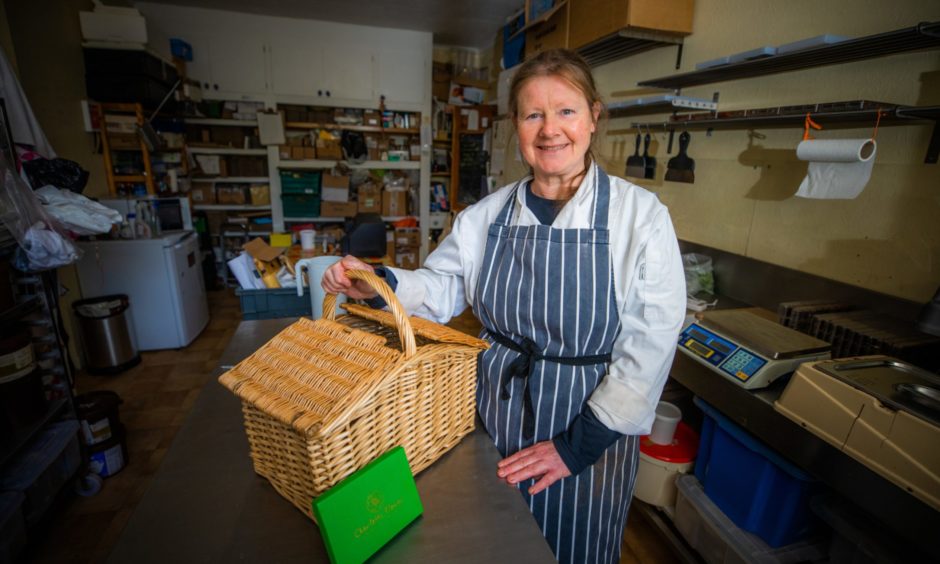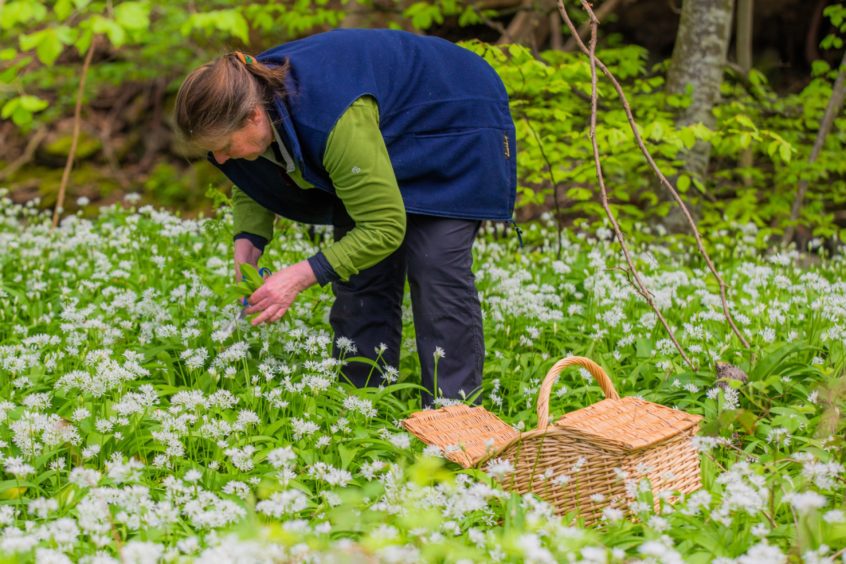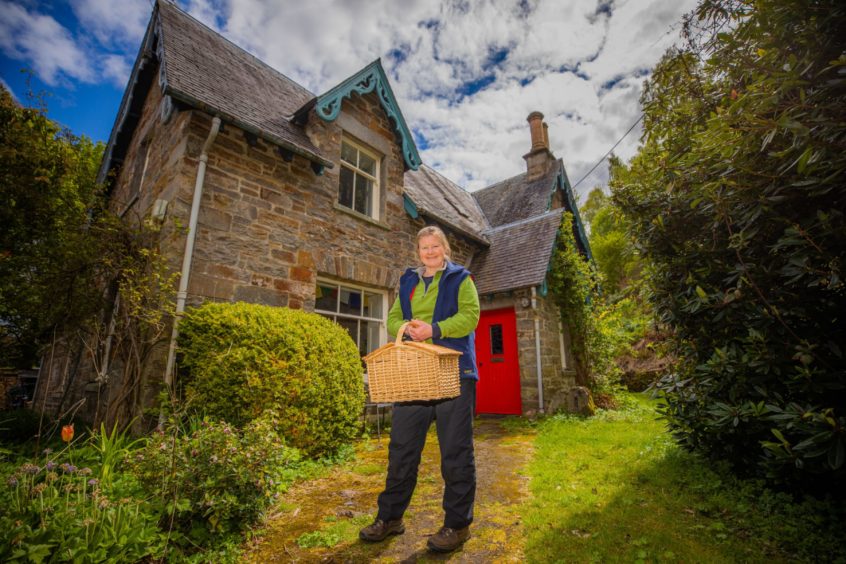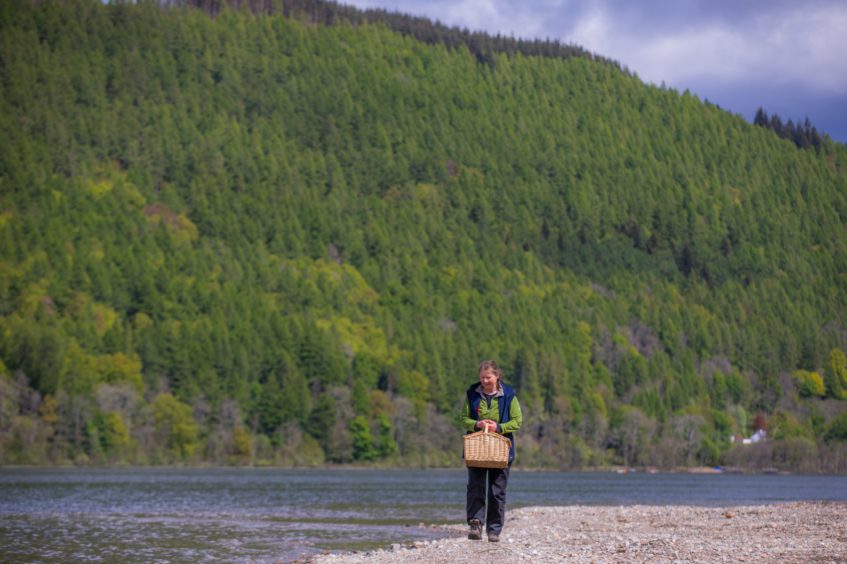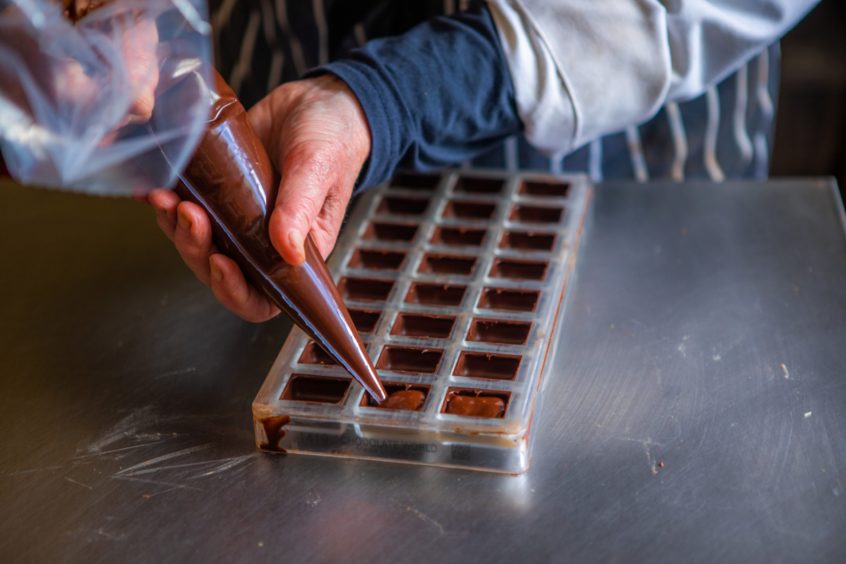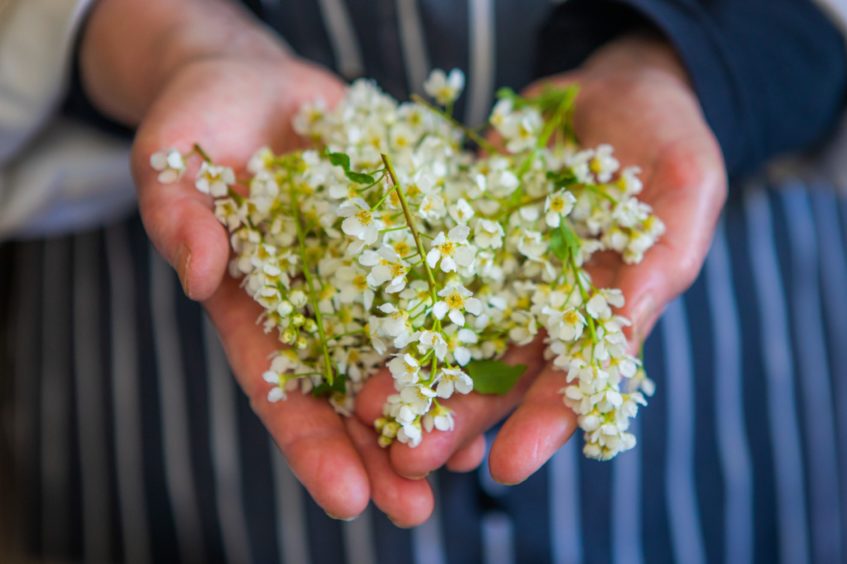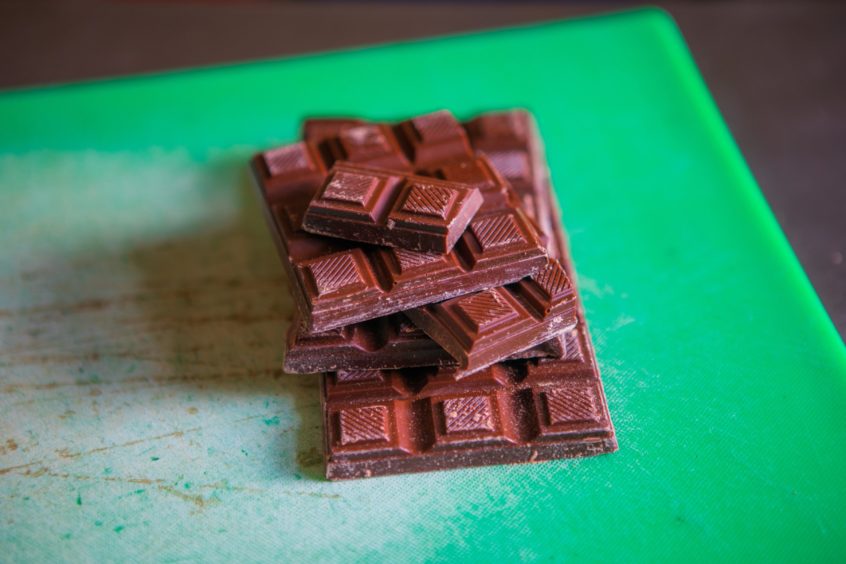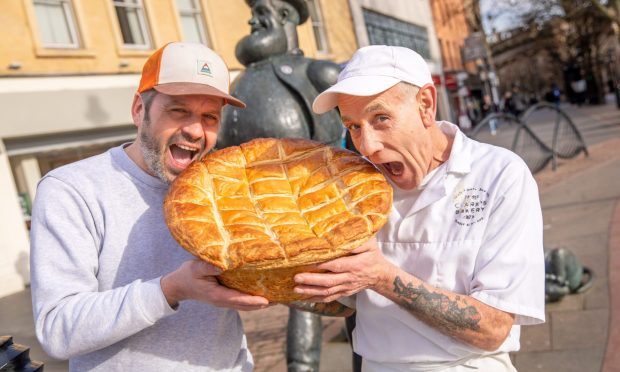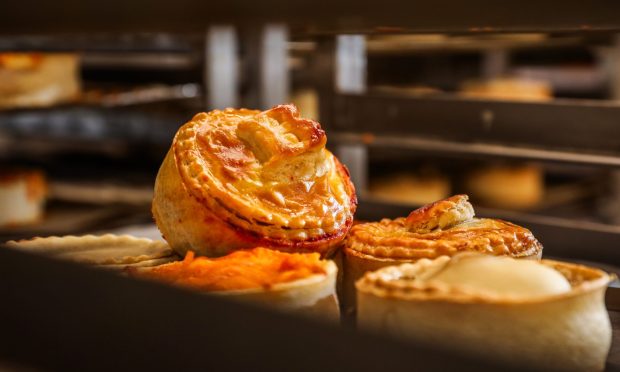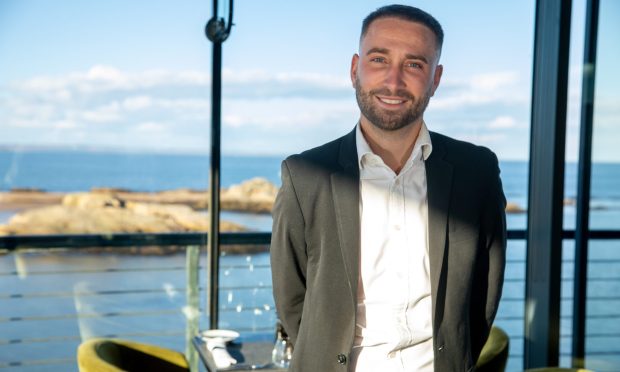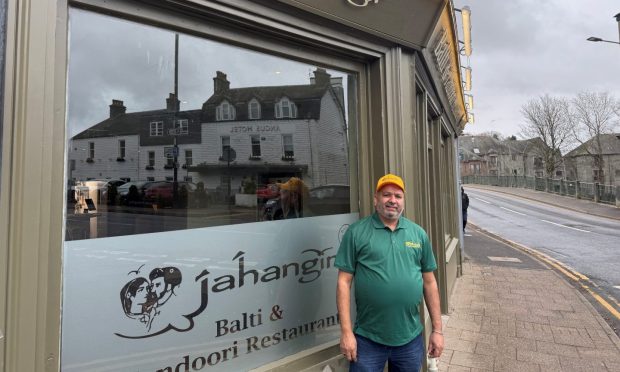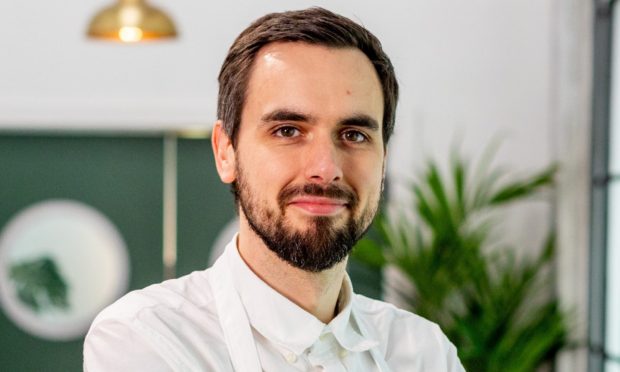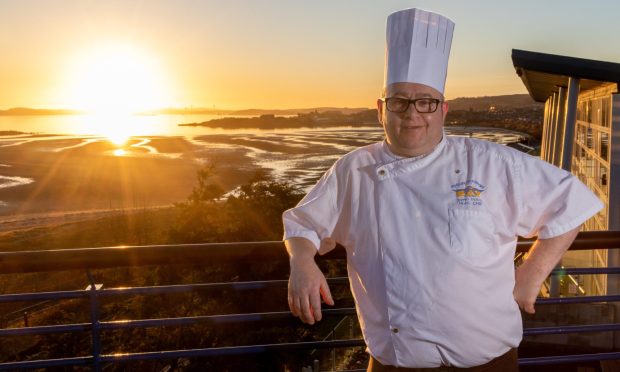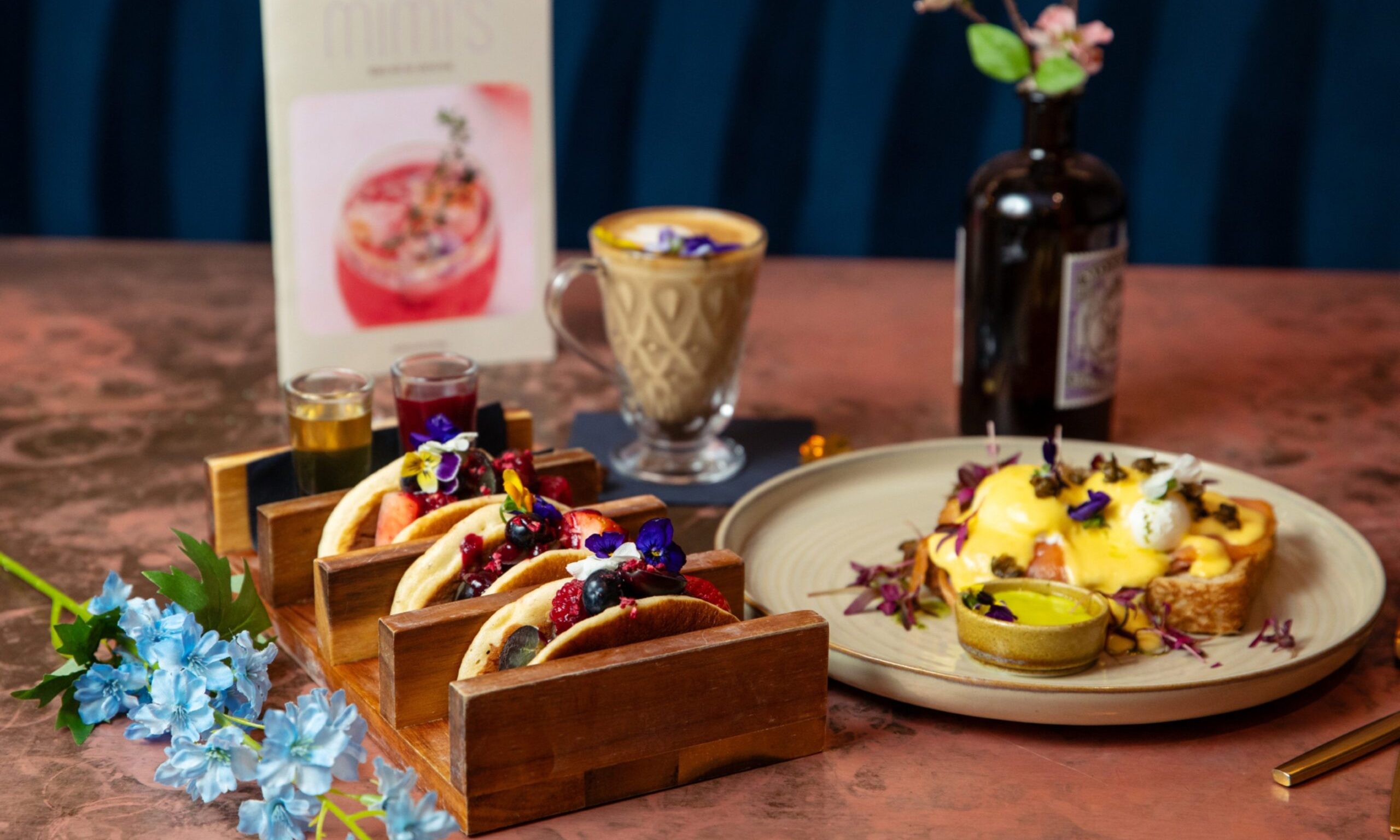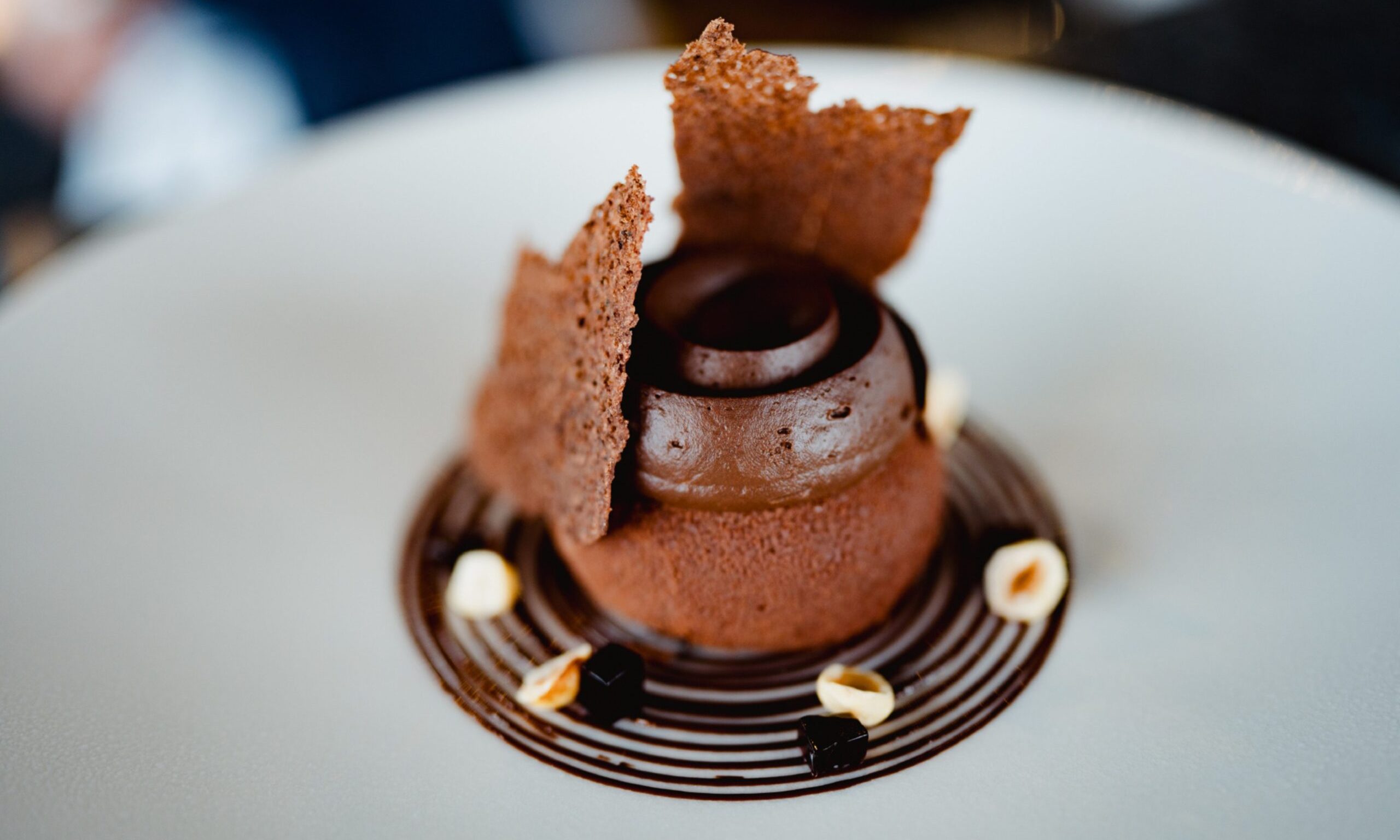Based in the village of Acharn, on the banks of Loch Tay, one chocolatier is using the natural produce of Perthshire to create delicious artisan chocolates.
Despite Scotland being rich in natural ingredients, the nation’s bounty, such as seaweed, meadowsweet, wild garlic and Scots pine, isn’t often associated with chocolate.
But for Perthshire-based chocolatier Charlotte Flower, the ingredients on her doorstep form the core flavours of her artisan chocolates.
Having grown up foraging, using natural and local ingredients became second nature to Charlotte, when she decided to open up her own chocolate-making business in 2007, after being inspired by some “extraordinary chocolates” from Belgium.
She says: “I’ve always foraged my way around the countryside ever since I was a child.
“My husband was working in Brussels quite a lot and he’d bring home these extraordinary chocolates. They were mostly from Pierre Marcolini, an Italian chocolate maker based in Belgium and he made the most exquisite chocolates.
“It was really the first time ever in my life that I’d had a proper chocolate fresh cream ganache. The idea of full chocolate that would go off after two weeks was something I’d never heard of – my idea of a posh chocolate was a chocolate ginger!”
Seasonal ingredients
Being a fan of Marcolini’s chocolates, Charlotte took note of how often the flavours changed and where the seasonal ingredients were coming from around the world, thinking that there was already so much on our doorstep that could be used in chocolate.
She continues: “Marcolini did some seasonal chocolates and the flavours would change every four or five months.
“Part of the stuff that came with the chocolates would be about Pierre Marcolini travelling the world to find the next flavour sensation for his products. With that he was credited as having introduced tonka beans, which are quite ubiquitous among chocolate makers now.
“I remember thinking about him travelling the world to find all these different flavours as I was nibbling away around my lunchtime walk and thinking ‘why do people travel so far for exotic flavours, why don’t they think about what’s on their doorstep?’.
“That was the moment I thought someone should try making chocolates with these nice flavours, then I thought that someone should be me. So I had to go and learn how to make chocolate.”
The beginning
Hoping combining her love of foraging and chocolates would become a reality, Charlotte set off learning about the basics of chocolate making on a course in Inverness.
She adds: “Back at the beginning, I went on a course that my friend had spotted being advertised that was at Inverness College. It was a two-day course over a weekend for people who wanted to start a chocolate business. In fact, the guy running it was Andrew Thwaite who has just taken over York Cookery School.
“I went on a two-day course and I couldn’t make the first day, so I ended up doing half of the course. The thing I really missed on the first day was tempering and I feel like I’ve been trying to catch up on that, teach myself and learn from others ever since.
“The chocolate community is global and people are very generous with their knowledge and there are people asking the sorts of questions I’m too scared to ask. So, also through eavesdropping on other people’s conversations I’ve been able to work out how to do this.”
Then, in 2007, while still working as a self-employed consultant, Charlotte began making her own chocolates for friends and family, which led to the business being what it is today.
She says: “Back in 2007, when I started the business, it was really just about selling to friends and family and was quite a slow beginning. I was still doing consultancy work in 2007, while also setting myself up as a sole trader in chocolate, so I was doing both things at the same time. I was self-employed with the consultancy work anyway so was able to start developing my chocolate business at the same time.
“It’s grown from then quite quickly, not in terms of volume, but in terms of premises – you can’t have strong smells in the same room as the chocolate, nor can you have any humidity. I tried really hard to find somewhere else to make them that wasn’t my home kitchen, such as a local premises I could hire. I remember at the time looking into part-time hire but there wasn’t anything available to hire.
“We live in an old schoolhouse and decided to turn our large spare bedroom, which happened to be downstairs, into my workshop and it’s been that way since. So I now have a dedicated space with a former bathroom that is now the scullery and I have been working here for about 10 or 12 years.
“As the business has grown, it’s become full-time for me and I’ve had another employee part-time for about eight or nine years.”
Constant learning
Although Charlotte has been running the business for more than a decade, she has found that making chocolate is a continual learning process.
She adds: “It’s continual learning – we’ve recently been having problems with making shells and have been trying to work out what we’re doing wrong and we’ve figured out that it’s just too cold in this room so we’ve had to yank the heating up when we’re making the shells in an effort to try and solve that problem.
“So it’s a constant learning – about how chocolate behaves, the temperatures, humidity and chemistry and how these things are all involved. One minute you’ll think ‘I know how to do this, I could do it with my eyes shut’, then you turn round and suddenly realise you don’t. That’s what keeps it interesting, really.
“I don’t have machines to do these things for me and everything we do is done by hand.
Daily habits
Now well established as a chocolate maker, based just outside Aberfeldy in Perthshire, Charlotte forages and creates chocolate every Monday to Wednesday, often starting the day with a walk around the local woodland to forage some fresh ingredients.
She adds: “Today, I’m making ganaches which can take up to three days – one day to make the shell, then I like to leave them overnight before I fill them, just so they’re fully crystalised. It doesn’t take the whole day to make them in general, I just feel you need to leave them. Then I make the ganache.
“This morning I went out foraging for the plant ingredients. It rained a lot overnight so I had to wait until it was a bit drier. But I went out to pick blossom so I really had to wait until it had stopped raining and they had managed to dry off a little bit. That took about an hour but I can usually find mint about 10 minutes from the house. Some ingredients I have to go further away for, such as up Kenmore Hill, for things like gorse.
“Then things such as meadowsweet can be found in and around where I live. It just depends on what I’m picking and the weather can sometimes be a real problem. Actually as spring is so late, and is quite cold, those early spring flavours that I normally make are being a bit delayed.
“For example, today I am making mint chocolates for the first time this year but normally I’m making them in April.
“Some naturally foraged ingredients don’t work well in chocolate. A while ago I made a seaweed ganache and it was utterly disgusting, really, really foul. But combining seaweed with the right kind of dark chocolate is delicious. So sometimes it’s about how you combine them.
“Some flavours have been really surprising. Cocoa is really complex and often our experience of it is as a sweetened version with lots of milk in it as that’s how we have experienced it here in the UK – that’s our cultural relationship with it. But if you take those things away and you just nibble on a cocoa bean, there are all sorts of interesting flavours and you can begin to see how it could support savoury flavours.
“If you take the sweet sugar away and just deal with it as a nut, really, you start to think ‘why wouldn’t seaweed go with that?’ and it could bring about lots of savoury flavours as well as potentially sweet flavours.”
For more information or to order, visit Charlotte Flower Chocolates.
